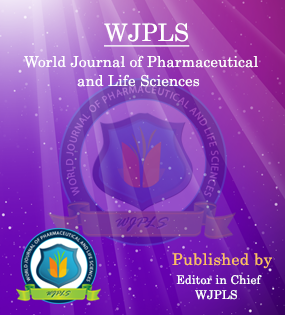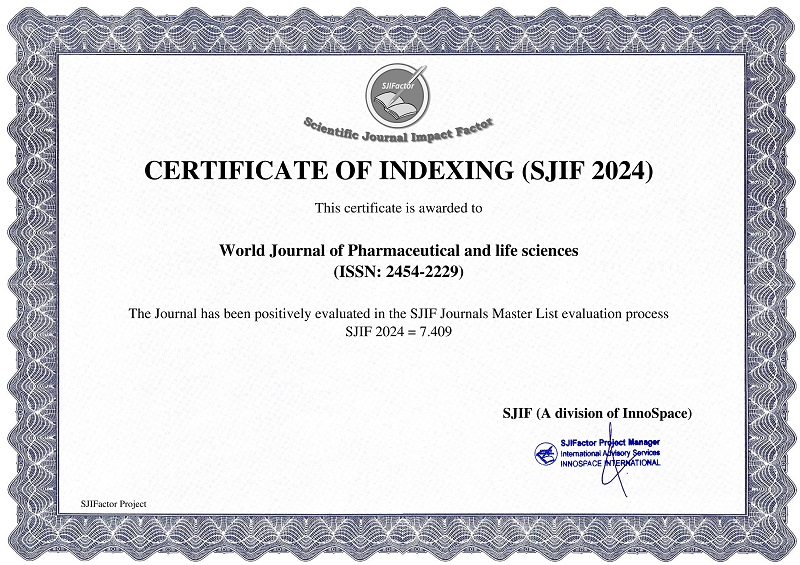Abstract
PREVALENCE AND MANAGEMENT OF DYSLIPIDEMIA PATIENTS IN TERTIARY CARE HOSPITAL
*Syeda Asma Banu, Shaguftha Nooreen and Hafsa Noorien
ABSTRACT
Aim: The aim of this study is to comprehensively analyze the demographic characteristics, health history, and lifestyle factors associated with dyslipidemia in a diverse patient population. The primary objective is to identify prevalent risk factors and patterns that contribute to dyslipidemia susceptibility. Objective: The primary objective of this study is to conduct a comprehensive analysis of demographic characteristics, health history, and lifestyle factors associated with dyslipidemia within a diverse patient population. The specific aims include: 1. Identify prevalent risk factors contributing to dyslipidemia susceptibility. 2. Examine patterns and correlations among demographic variables, health history, and lifestyle factors related to dyslipidemia. 3. Assess the prevalence of dyslipidemia in relation to age, weight, occupation, education level, and other demographic parameters. Research Methodology: This cross-sectional study employed a structured questionnaire to collect data from participants regarding age, weight, occupation, education level, medical history (DM/Thyroid/HTN, dyslipidemia), personal history of diseases (heart attack, peripheral artery disease, stroke, hypertension), lipid profile, history of liver disease, exposure rate to various CAD types, smoking status, alcohol consumption, blood pressure measurements, current lipid-lowering therapy, dietary habits, incidents of chest discomfort, physical exercise status, and history of adverse drug reactions (ADRS) or intolerance to cholesterol-lowering medication. The collected data were analyzed to provide insights into the prevalence of risk factors and potential correlations among the variables. Conclusion: The study reveals a complex interplay of demographic, health, and lifestyle factors contributing to CAD risk. The majority of participants fall within the 46-56 years age group, exhibit overweight or obesity, and are engaged in semi-skilled occupations. A high prevalence of chronic conditions such as diabetes, thyroid disorders, hypertension, and dyslipidemia is noted. Notably, lipid abnormalities, including decreased HDL and increased total cholesterol, triglycerides, and LDL, are prevalent. Lifestyle factors such as smoking, alcohol consumption, and dietary habits further contribute to CAD risk. The findings underscore the multifaceted nature of cardiovascular health, emphasizing the need for tailored interventions addressing specific risk factors identified in this diverse patient population.
[Full Text Article] [Download Certificate]WJPLS CITATION 
| All | Since 2020 | |
| Citation | 590 | 424 |
| h-index | 12 | 10 |
| i10-index | 17 | 14 |
INDEXING
NEWS & UPDATION
BEST ARTICLE AWARDS
World Journal of Pharmaceutical and life sciences is giving Best Article Award in every Issue for Best Article and Issue Certificate of Appreciation to the Authors to promote research activity of scholar.
Best Article of current issue
Download Article : Click here





